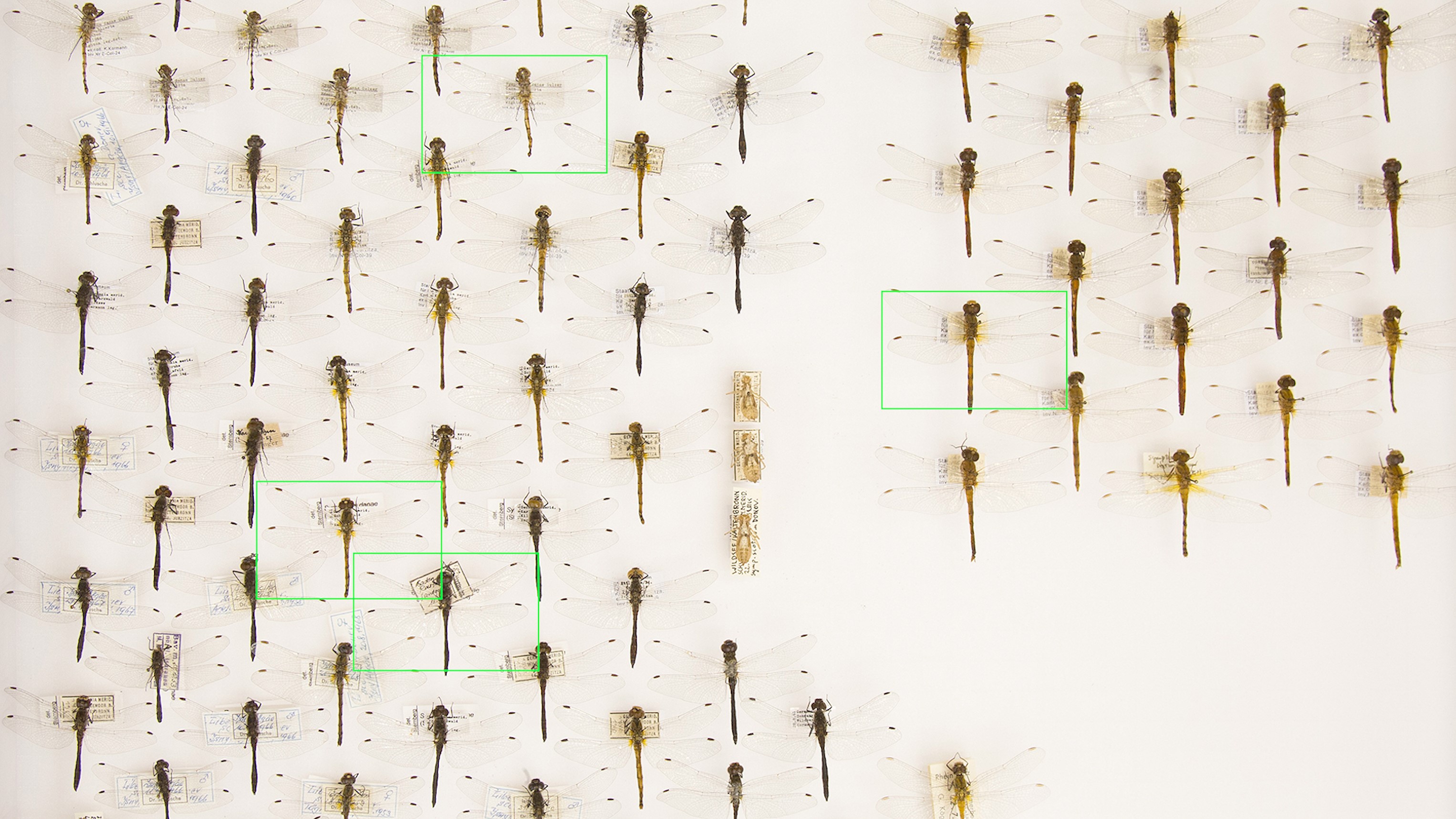

Sometimes, preliminary use of a video before starting to handle equipmentĭirectly may be helpful if learners are very anxious about performing various procedures. Clients first draw up sterile saline in real syringes, practice injecting oranges, and then progress to a model of a person before actually injecting themselves.

MULTIPURPOSE ROOM WRITTEN INSHORT HAND HOW TO
For example, teaching a client with diabetes how to draw up and inject insulin can best be accomplished by using a combination of real equipment and replicas. Instructional models have been found to be effective in reducing fear and enhancing acceptance of certain procedures ( Cobussen-Boekhorst, Van Der Weide, Feitz, & DeGier, 2000). Using inanimate objects first is a technique educators can use to desensitize learners before doing invasive procedures on themselves or other human beings. The major forms of demonstration materials-models and displays-are discussed in detail here. As such, demonstration tools are useful for cognitive, affective, and psychomotor skill development. Ideally, these media forms will bring the learner closer to reality and actively engage him or her in a visual and participatory manner. Just as with written tools, these aids mustīe accurate and appropriate for the intended audience. From these various forms of demonstration materials, the educator can choose one or more to complement teaching efforts in reaching predetermined objectives. Demonstration materials primarily stimulate the visual senses but can combine the sense of sight with touch and sometimes even smell and taste. These types of media represent unique ways of communicating messages to the learner.

In turn, the message becomes less concrete and more abstract.ĭemonstration materials include many types of visual, hands-on nonprint media, such as models and real equipment, as well as a hybrid of printed words and visual illustrations (diagrams, graphs, charts, photographs, and drawings) depicted on what are known as displays, such as posters, bulletin boards, flannel boards, flip charts, chalkboards, and whiteboards. The learner could still learnĪccurate breast self-examination by viewing such a video, but the aspect of three dimensionality is absent. Further along the continuum of realia is a video presentation of a woman performing breast self-examination. The message is less concrete, yet using an imitation of a person as an instructional medium allows for an accurate presentation of information with near-maximal stimulation of the learners’ perceptual abilities. Such a model, which is analogous to a human figure, has many characteristics that simulate reality, including size and three-dimensionality (width, breadth, and depth), but without being the true figure that may very well cause embarrassment for the learner. Because this form of presentation might be less acceptable for a wide range of teaching situations, the next best choice would be a manikin. For instance, an actual woman demonstrating breast self-examination is the most concrete example of realia. Realia refers to the most concrete form of stimuli that can be used to deliver information.


 0 kommentar(er)
0 kommentar(er)
